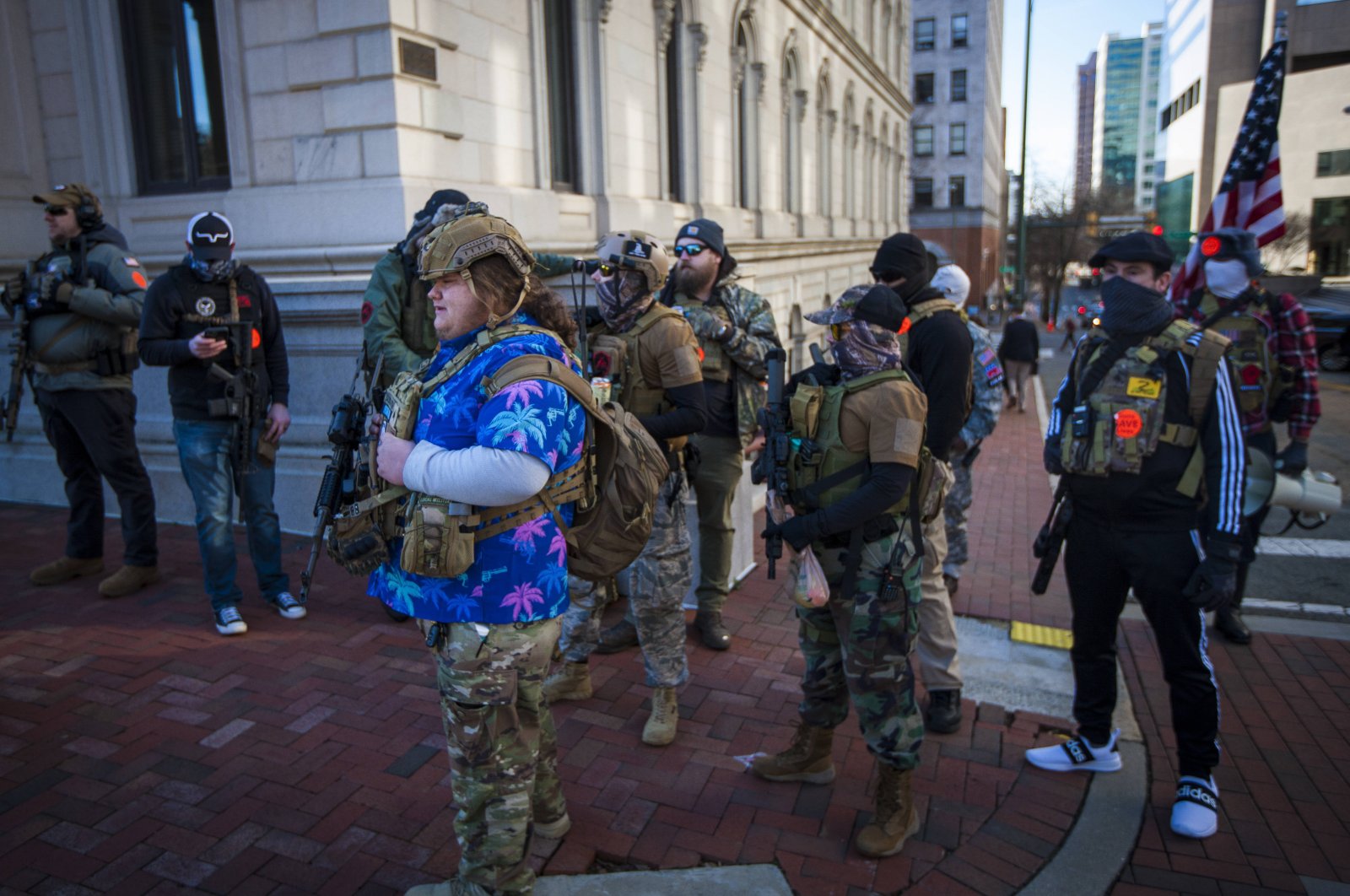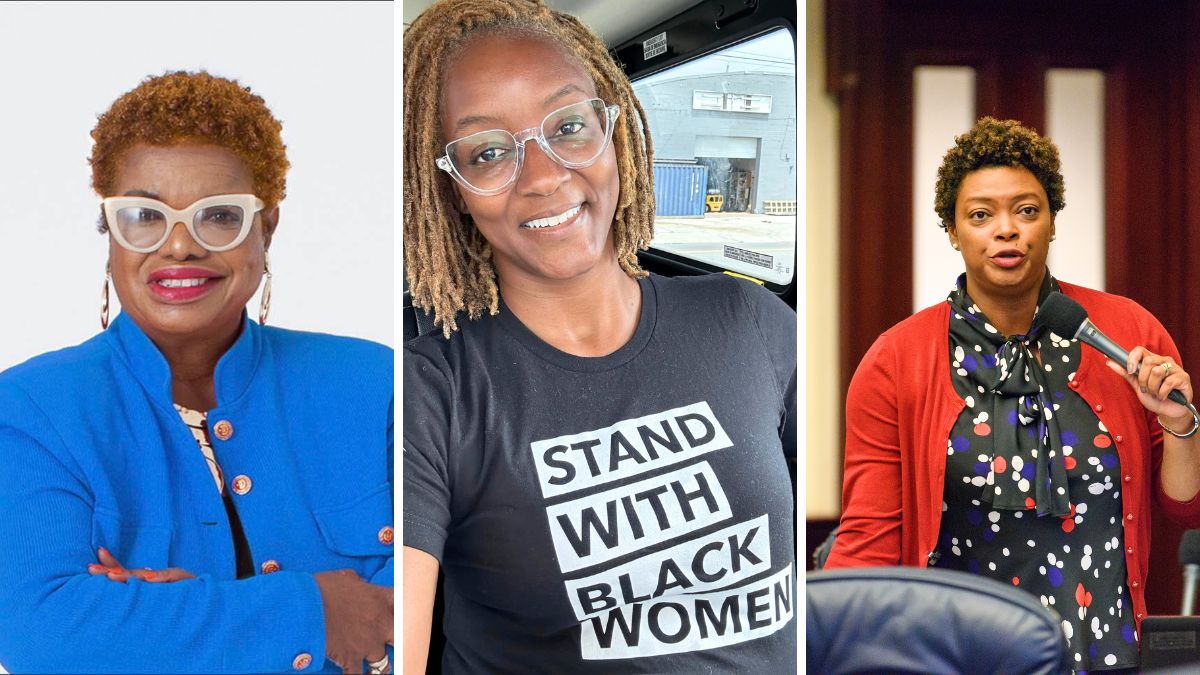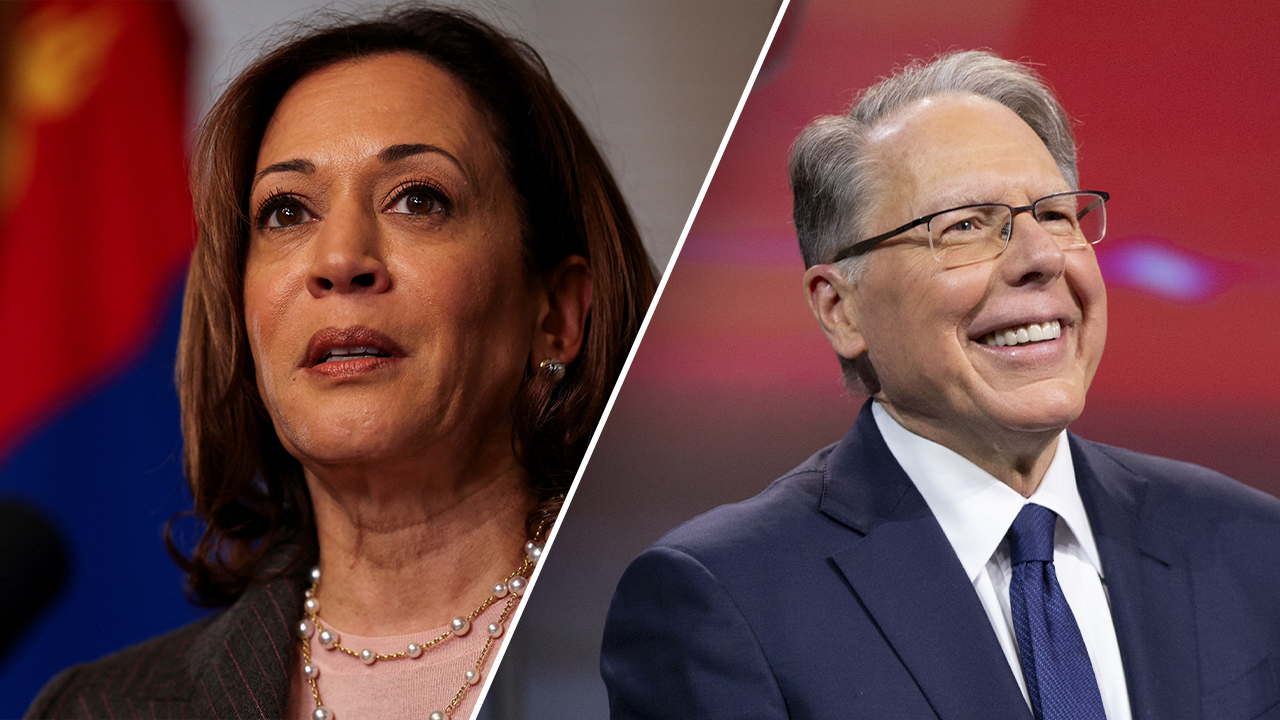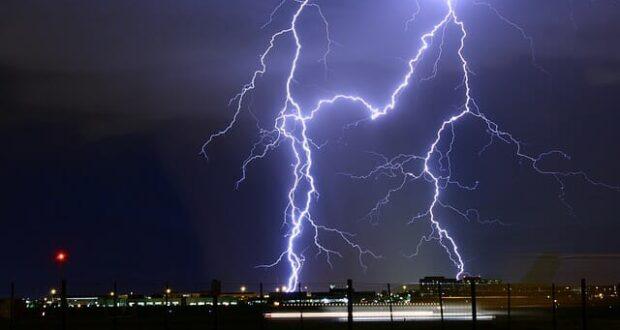High-income folks have the means to install their own retrofit measures and solar panels, which can decrease their consumption and costs on their generally larger homes. Lower-fixed rates for poor customers are immensely fair.
The next step for the state Public Utilities Commission should be water-rate reform. Water districts don’t produce this vital resource, they just pump, treat and transport it to our taps. Even more than gas and electricity, it is urgent that water bills focus on consumption instead of fixed infrastructure costs. Only that can make conservation pay for itself.
All the water we have is all there is. Plus, saving water saves energy because almost 20% of energy in California is used to pump, treat and transport water.
Mary Dorst, Berkeley
Winery plan not so green
Regarding “Napa’s first zero-emission vineyard faces heavy opposition. Here’s why” (Wine, Beer & Spirits, SFChronicle.com, April 11): The description sounds great at first. Why wouldn’t Napa want a zero-emission vineyard? But this catchy slogan requires a closer look and a deeper discussion.
Le Colline Vineyard, which received initial approval from Napa County, promises electric tractors and more tree plantings. But what gets left out when describing these “green initiatives” is that they come after destroying 34 acres of old-growth forest. Nature created this majestic and pristine forested area on Howell Mountain. Trading our natural resources for wine grapes and calling it “zero-emissions” is classic green washing.
A project calling for the deforestation of Napa Valley makes a mockery of the alarm bells we’re hearing about our heating planet. Tearing out carbon-sequestering trees puts us further behind in our goal to fight the climate crisis while contributing to erosion and destroying wildlife habitat.
The more I learn about this project, the more convinced I am that the zero-emission pledge is a sneaky way to dress up a very harmful project.
Mike Hackett, president and founder, Save Napa Valley Foundation, Angwin
Reverse gun ruling
The recent overturning of Roe v. Wade was the result of an avid push by antiabortion groups and a conservative majority on the Supreme Court. While it is not applauded by the majority of Americans, it shows what a concerted effort by a determined minority group can politically achieve.
With increasing gun violence and mass shootings in America, most Americans desire stricter gun control. Efforts toward this are stymied by a 2008 Supreme Court ruling (District of Columbia v. Heller) that I think grossly misinterpreted the meaning of the Second Amendment.
Roe v. Wade had only two dissenters, with nine justices giving the ruling a substantial majority. Yet even with that large majority, it was overturned. Heller had four dissenters; if a review of Roe could proceed, then a review District of Columbia should proceed without haste.
Former Justice John Paul Stevens, a dissenter in Heller, referred to the Second Amendment as a “relic of the 18th century” and called for its repeal in a New York Times essay. He also noted that in 1991 former Chief Justice Warren Burger characterized the National Rifle Association’s push for Second Amendment rights as “one of the greatest pieces of fraud … on the American public by a special interest group” he had ever seen.
A majority of Americans favor stricter gun controls and that can be achieved if we make a determined and concerted effort. Our children’s lives depend on it.
Robert Thomas, Castro Valley
Other stores matter
Regarding “Closure of one Whole Foods means the prospect of an S.F. ‘doom loop’ is now ‘more doomy’ ” (San Francisco, SFChronicle.com, April 11): Everyone is so concerned about the Whole Foods store that is closing on Market Street. But what about the only supermarket, Safeway, for North Beach and Chinatown closing at the end of May?
The low-income people in North Beach and Chinatown depend on and need a supermarket for the lowest prices for their groceries. Not everyone can afford to shop at Whole Foods.
Brian Baum, San Francisco














